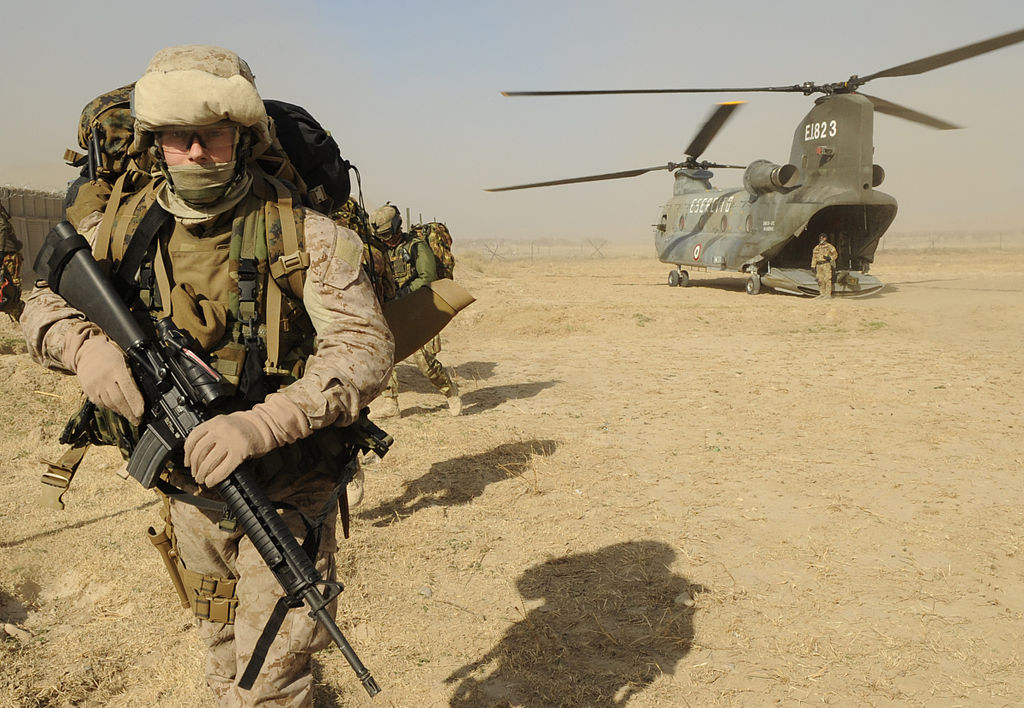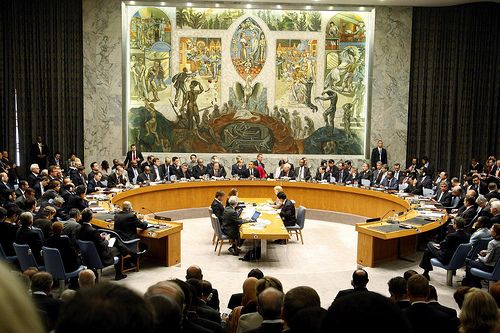Since 2014, the Norwegian Armed Forces have been training a special forces unit composed exclusively of women, which is called Jegertroppen. The name translates to “Hunter troop” and was initially created as a one-year pilot program and was later extended for another three years. The unit specializes in surveillance and reconnaissance in urban areas and is under the Norwegian Armed Forces Special Command (FSK).
The creation of the Jegertroppen was not arbitrary. Before its inception in 2014, there were no women in Norwegian special operations forces. Over the course of ten years, none had passed the selection process for the Fallskjermjeger (paratroopers), Spesialjeger (special hunters), or Marinejeger (marine hunters). Several made it to the admission process but were dropped during the selection phase. However, the need for female special forces remained.
The war in Afghanistan revealed the operational limitations of not having highly trained female soldiers on the front lines. Male soldiers were unable to interact with local Afghan women, although a significant aspect of counterinsurgency operations is the formation of ties with locals through continual interaction. According to senior officers in FSK leadership, this exclusion of half the indigenous population limited the collection of intelligence, the formation of local relationships, and the evaluation of conditions.
This need for operation-critical interaction with female populations is not limited to Afghanistan. Similar problems have been faced during counter-piracy missions off the coast of Somalia, and female operatives will undoubtedly become invaluable if coalition forces decide to expand their role in Syria and Iraq.
As a result, in March 2013, senior officers in FSK began making plans for the creation of the Jegertroppen.
Training
As in all special forces units, the selection process is rigorous. In 2015, there were 196 applicants, with 37 making it through the selection weekend. 17 completed the yearlong training process and 14 joined the unit after training concluded. In 2014, 20 completed the training and 13 joined the unit.
Training in the Jegertroppen involves a series of tough physical challenges, including long-range patrols, Arctic survival, counterterrorism, urban warfare, and paratrooper training—sometimes without food for days. Long marches in Norway’s mountainous terrain while carrying rucksacks weighing 40-50kg, in addition to weapons and body armour, are also typical. Women in the Jegertroppen have scored above-average results in evaluations, even compared to those entering Norway’s officer school.
One milestone among many
The Jegertroppen is one of many endeavours to increase the presence and role of women in the Norwegian Armed Forces. Norway first opened combat positions to women in 1985, which expanded possibilities from merely engineering and medical roles.
In October 2014, the Norwegian parliament approved a bill proposed in 2013 to extend conscription to women, which came into effect January 2015. This made Norway the first NATO country to mandate female conscription.
The Armed Forces have also implemented various measures to remove tensions between genders. One experiment is the introduction of unisex rooms for male and female soldiers. A study found that unisex rooms minimized gender stereotypes, increased team cohesion, reduced sexual tension, and improved relations between genders significantly. Some also see unisex rooms as a viable way to reduce harassment—in particular, sexual harassment—in the Armed Forces, which is commonplace in militaries around the world.
Future prospects
Aside from utilizing females in future operations, the Jegertroppen also provides women with better advancement prospects within the military apparatus. As a result of their training in the unit, some have already joined the Telemark Battalion, the Defence Intelligence College, and the Intelligence Battalion.
Also, the Jegertroppen has received notable international attention. Officers from the U.S. Special Operations Command have contacted Norwegian counterparts to receive information on the all-female unit. This is especially relevant to the U.S. military now after Secretary of Defense Carter announced the opening of all combat positions for women in December 2015.
Additionally, the proportion of conscripted women in the Armed Forces will likely increase due to the growing the number of female applicants. Of the roughly 60,000 men and women reaching military age annually, between 6,000-7,000 have been conscripted each year since 2010. In 2002, women made up only 0.7% of the military. By 2014, this number had risen to 10% of the total military, and 14% of the conscripted force. In 2015, from the 62,000 eligible for service, 20,000 entered the second phase of evaluation. Of these, 7,000 (or 37%) were women, which is the highest it has ever been. This shows clear progress toward the stated goal of the Armed Forces, which is to have 20% of the military composed of women by 2020. However, this objective does not affect the selection criteria for undertaking national service, which applies the same physical performance standards for both sexes.
The Norwegian Armed Forces have made notable strides in absorbing women into its organization, and Norway’s progressive approach is a useful example of how to implement gender integration in the military and the benefits of doing so.
Photo courtesy of Vegard Breie (Norwegian Army).




